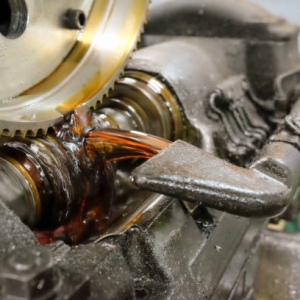When it comes to waste management in the home, the significance of a trash can liner is often overlooked. This simple tool not only aids in cleanliness but also promotes better waste disposal habits. In this blog post, we're going to delve into the world of trash can liners and shed some light on their vital role in our daily lives.
The Basics of Trash Can Liners
A trash can liner, or garbage bag, is a type of disposable bag used to hold waste. Usually constructed from plastic, these liners provide a hygienic solution for waste collection and disposal. The physical properties of the liner, such as its size, thickness, and strength, are determined by the type of waste it needs to hold. Liners come in a range of sizes, from small ones suitable for office bins or bathroom trash cans, to larger, heavy-duty versions perfect for handling kitchen or outdoor waste. Regardless of the waste type, there's a trash can liner designed to accommodate it.
The Importance of Using a Trash Can Liner
Utilizing a trash can liner goes beyond just holding garbage; it has several advantages. Firstly, it significantly improves sanitation levels in your living or work space. This is because liners prevent waste from coming in direct contact with the trash can, thereby avoiding odor buildup, potential pest attraction, and tough cleaning jobs. Secondly, liners simplify the process of transporting waste to the garbage dump or curb, preventing any unwanted spillage along the way. Additionally, liners can facilitate waste segregation. By using different colored or labelled liners for different types of waste, the task of recycling becomes more manageable and efficient.
Choosing the Right Trash Can Liner
The selection process for a trash can liner goes beyond just picking any bag. The size and thickness are key considerations. The liner needs to perfectly fit your trash can, ensuring it doesn't slip inside the can or tear during removal. For everyday household waste, a medium-duty liner typically works well. But if you're disposing of heavier, sharper, or bulkier items, a sturdier, heavy-duty liner is recommended. Also, in the spirit of environmental consciousness, consider opting for compostable or biodegradable liners, which are better for the environment.
Responsible Use of Trash Can Liners
Trash can liners, while convenient, should be used in an environmentally considerate way. Avoid over-reliance on single-use plastic liners, as this contributes to the global pollution problem. Opt for alternatives such as recycled or biodegradable materials whenever feasible. Try to pack your liner fully before disposing of it to decrease the number of liners used. Lastly, ensure you participate in recycling programs where available, especially for liners. Being mindful of these small habits can contribute to a larger positive impact on our environment.
A Tool for Better Waste Management
In managing waste effectively, trash can liners play a pivotal role. They can be color-coded to distinguish between waste types, facilitating an easier sorting process. This simple yet impactful strategy can greatly decrease the volume of waste that ultimately ends up in our landfills. Moreover, it's an excellent educational tool for children, fostering an understanding of waste segregation and the importance of recycling from a young age. Therefore, the use of trash can liners isn't merely for convenience or cleanliness, but can also be leveraged for better environmental stewardship.
Conclusion
The inconspicuous trash can liner has a crucial role in upkeeping cleanliness in our living and working spaces. When you choose an appropriate liner based on your needs and utilize it considerately, you are making significant strides towards maintaining a clean environment, promoting efficient waste disposal, and reducing environmental harm. The next time you discard trash, remember the importance of the unnoticed liner that effortlessly simplifies this task.





